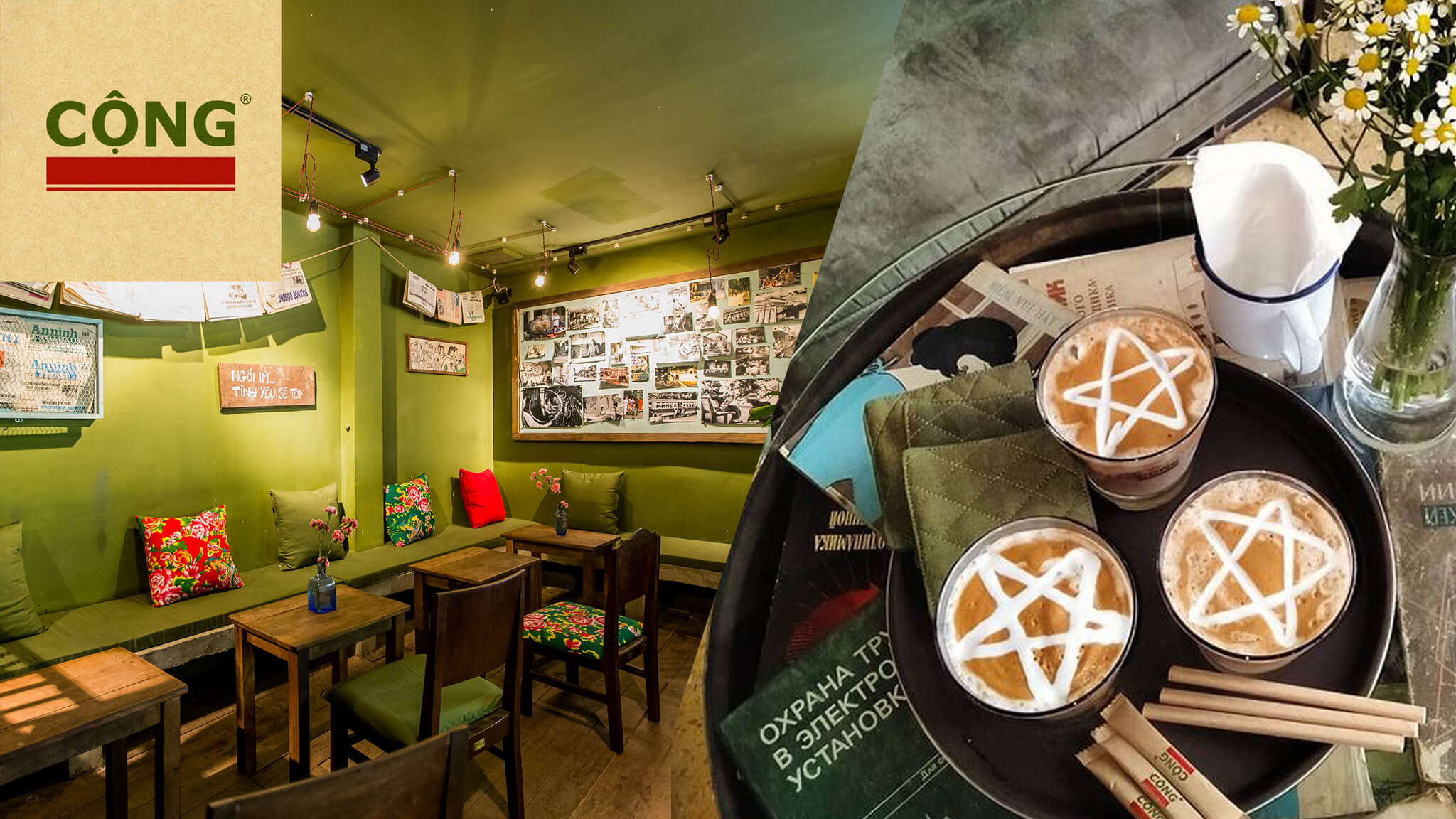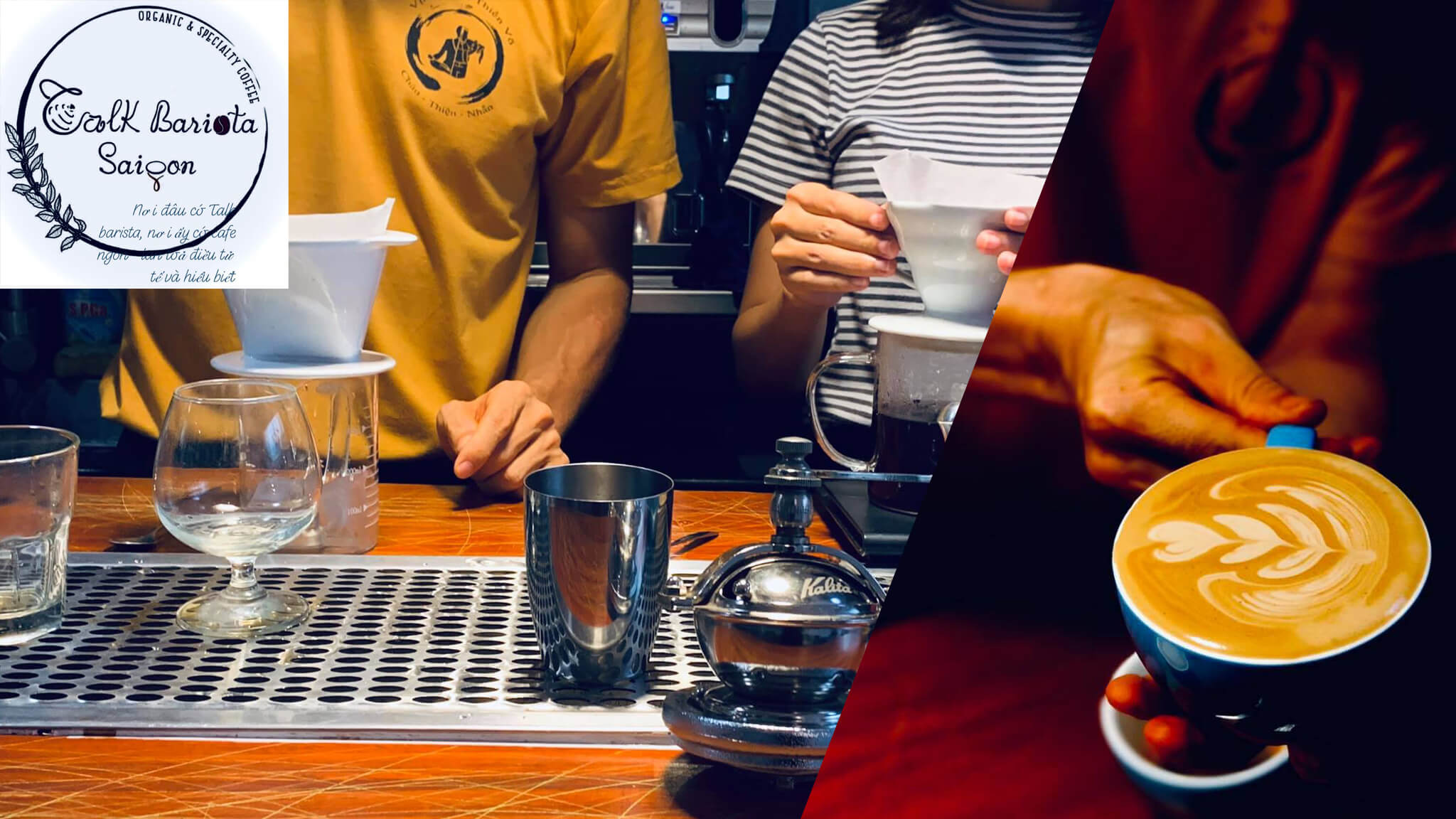A smooth morning cup of coffee has become a staple, worldwide. The great demand for this little brown bean grew rapidly between 1860 and 1920 as a taste for coffee flourished in developed countries. South America was quick to supply the product and other countries joined the trade over the years. Indeed, Brazil still ranks as the highest exporter. However, the popularity of Vietnamese coffee sky-rocketed to the world's second-highest exporter in a short time. Read on for some Vietnamese Coffee 101. Get some insight into its culture, cultivation, and cafés.
Vietnam's Coffee History
In 1950 the only coffee production in Vietnam was a single plant processing instant coffee. Flash to today, where Vietnam is the world's second-largest exporter of coffee! So what happened? The post-war 70s found the country in severe poverty. In an effort to improve this situation, the Communist Party made some significant changes in the 80's — including placing a very big bet on the success of coffee. And unlike some disasters of centralized economic planning, it worked. In only 30 years, Vietnam's market share jumped from a measly 0.1% to a whopping 20% of global exports!
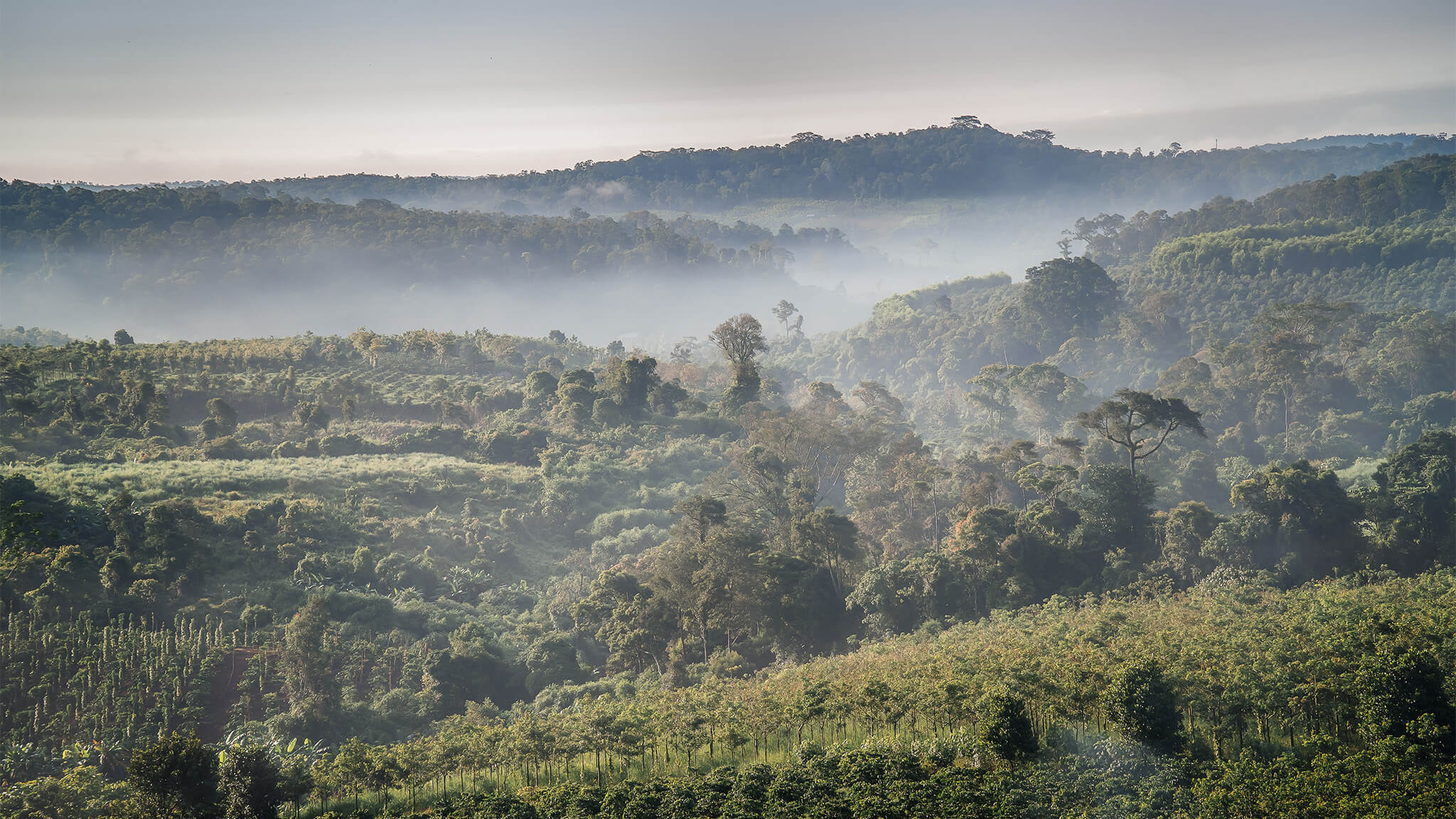 Coffee farms stretch across Vietnam
Coffee farms stretch across Vietnam
Rocketing Coffee Production
Production grew exponentially every year in the '90s, and it played its part in helping reduce poverty from 60%, down to just 10% today. About 2.6 million people make a living in the industry, with half a million working small personal plots of just 2-3 acres each. However, as is often the case with the competitive agriculture industry, environmental issues abound. To alleviate the strain on the land, efforts are being made to educate people on proper farming techniques and the importance of protecting forests.
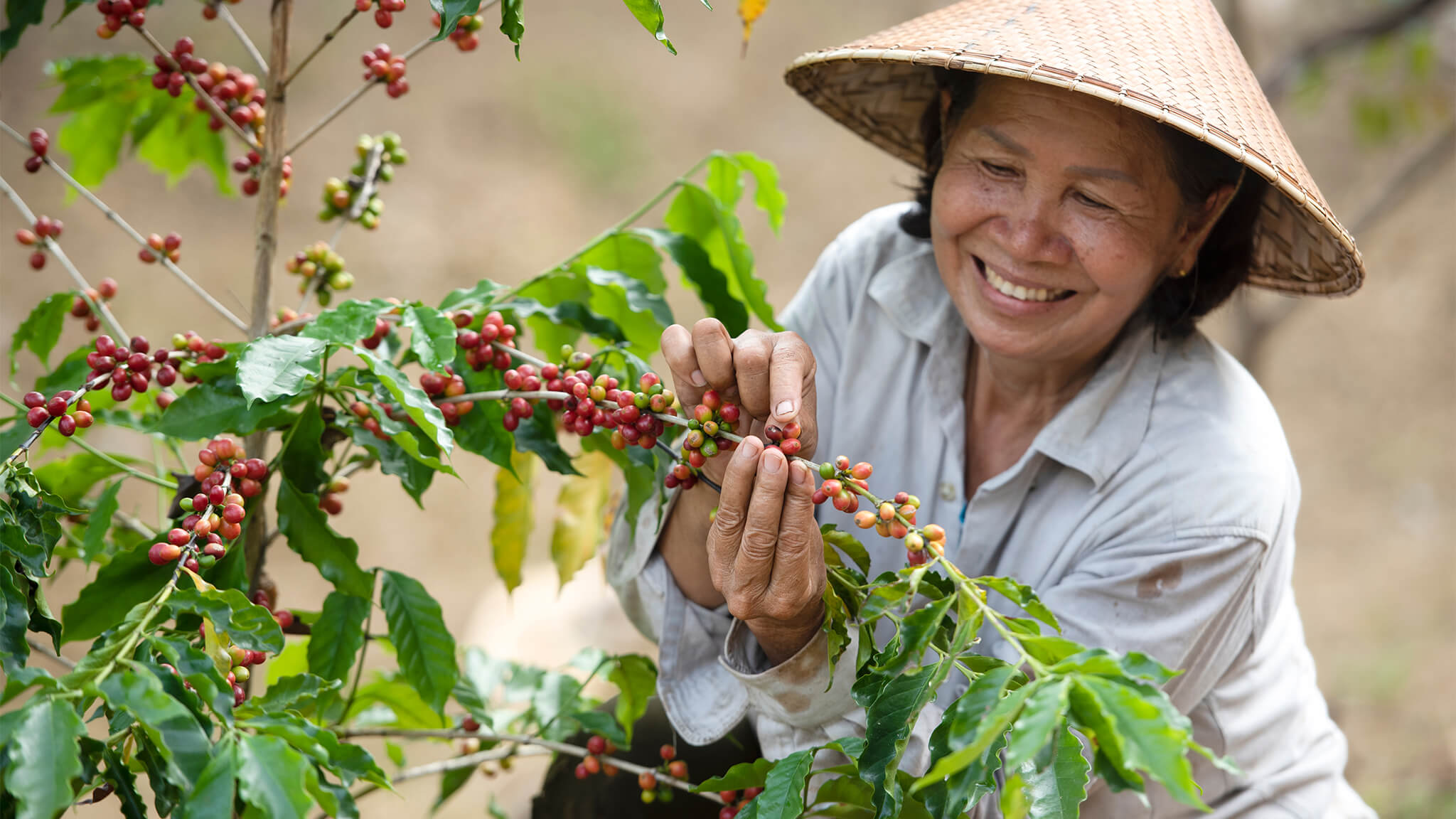
Coffee production had its part in pulling a major portion of the population out of poverty
The Robusta Bean
What makes Vietnamese coffee different? The hardy robusta bean. Most espresso-style coffee shops purchase its sister, the arabica bean. Arabica has a lighter, sweeter taste thanks to the longer time it takes to flower. This tends to better suit the palate of espresso coffee drinkers. It grows well at high elevations in tropical climates, like Brazil, its largest producer.
Robusta beans, on the other hand, have a strong bitter and distinctly earthy flavor and, quite notably, double the caffeine! Don't let this description put you off however, Vietnamese coffee is often deliciously smooth, but you might want to rethink that second or third cup! Originally discovered in the Congo, Robusta beans (the name says it all) are less susceptible to disease and offer a greater yield in less time, so the choice to go Robusta seemed like an obvious one at the time. Robusta now stands at 43% of global production and can be found throughout Africa, India, and Southeast Asia.
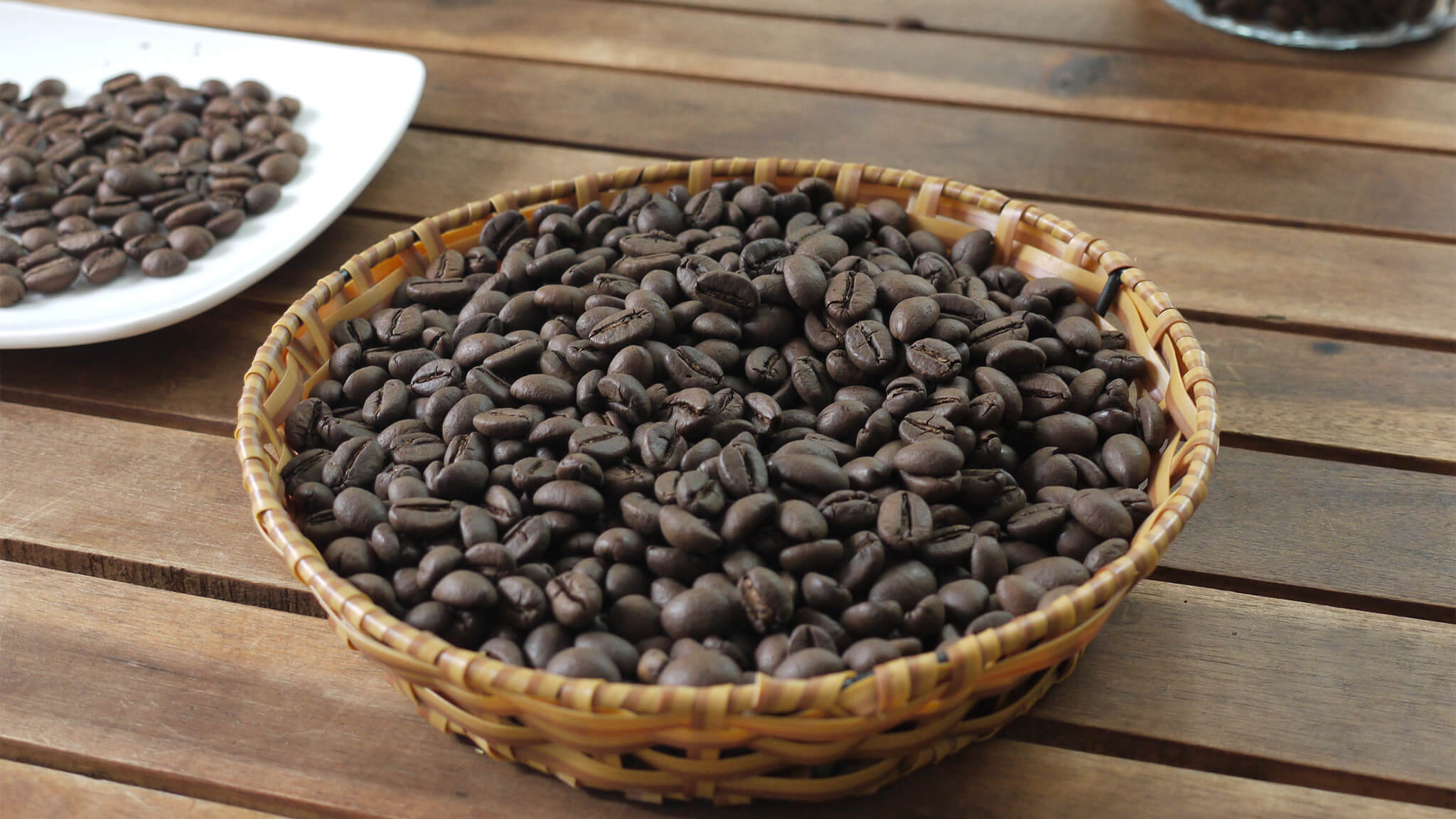
Robusta beans have risen quickly to popular demand
Uniquely Vietnamese
The Vietnamese still drink tea as was always a tradition, but coffee shops quickly grew in number. The classic Vietnamese version of coffee is Phin drip coffee, which is brewed through a unique cup-mounted contraption (more on this later), there are also many other delicious and uniquely crafted combinations that have caught on.
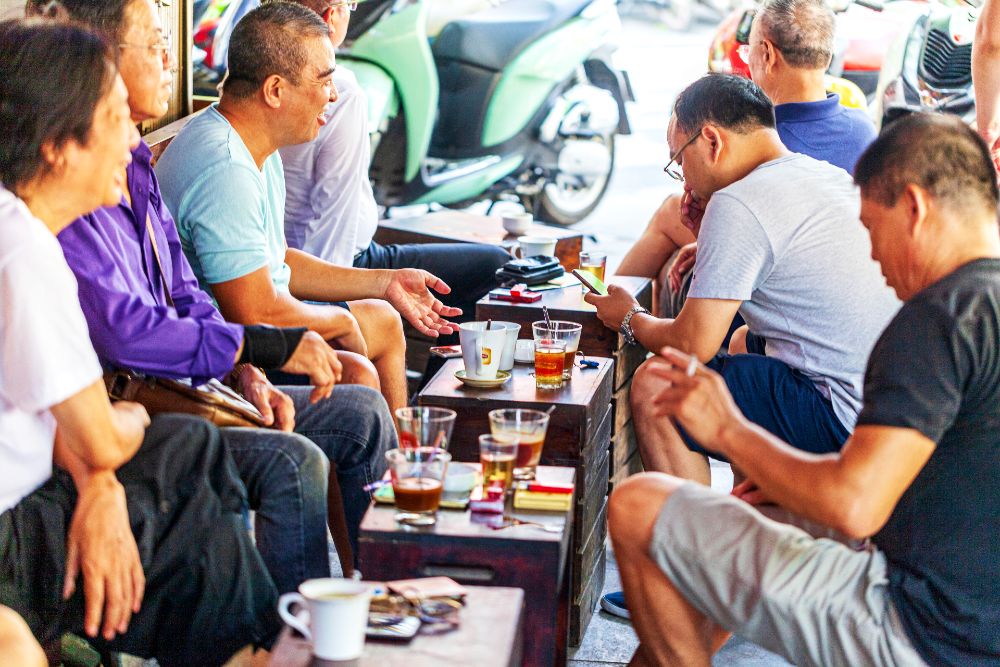
Cộng Caphe is one of many popular spots in Ho Chi Minh City
Classic Vietnamese Drip
Brewed through a Phin filter set, this technique is a sure way to slow things down and appreciate both the method and resulting flavor. The Phin, containing a few spoonfuls of coffee, is placed atop a cup, hot water is added and the drip brew commences. Five (or so) minutes later, stir and enjoy your fresh table-brewed coffee hot or add ice for a refreshing alternative in warmer months.
A popular preference is to add sweetend condensed milk to the cup beforehand, then stir it all up once brewed for a creamy-sweet finish. Truly a Vietnamese classic, this can be found throughout the country, from street-side vendors to the classiest cafes, and almost certainly along cycle touring routes (wink, wink), a perfect pick me-up-before, during or after your ride.
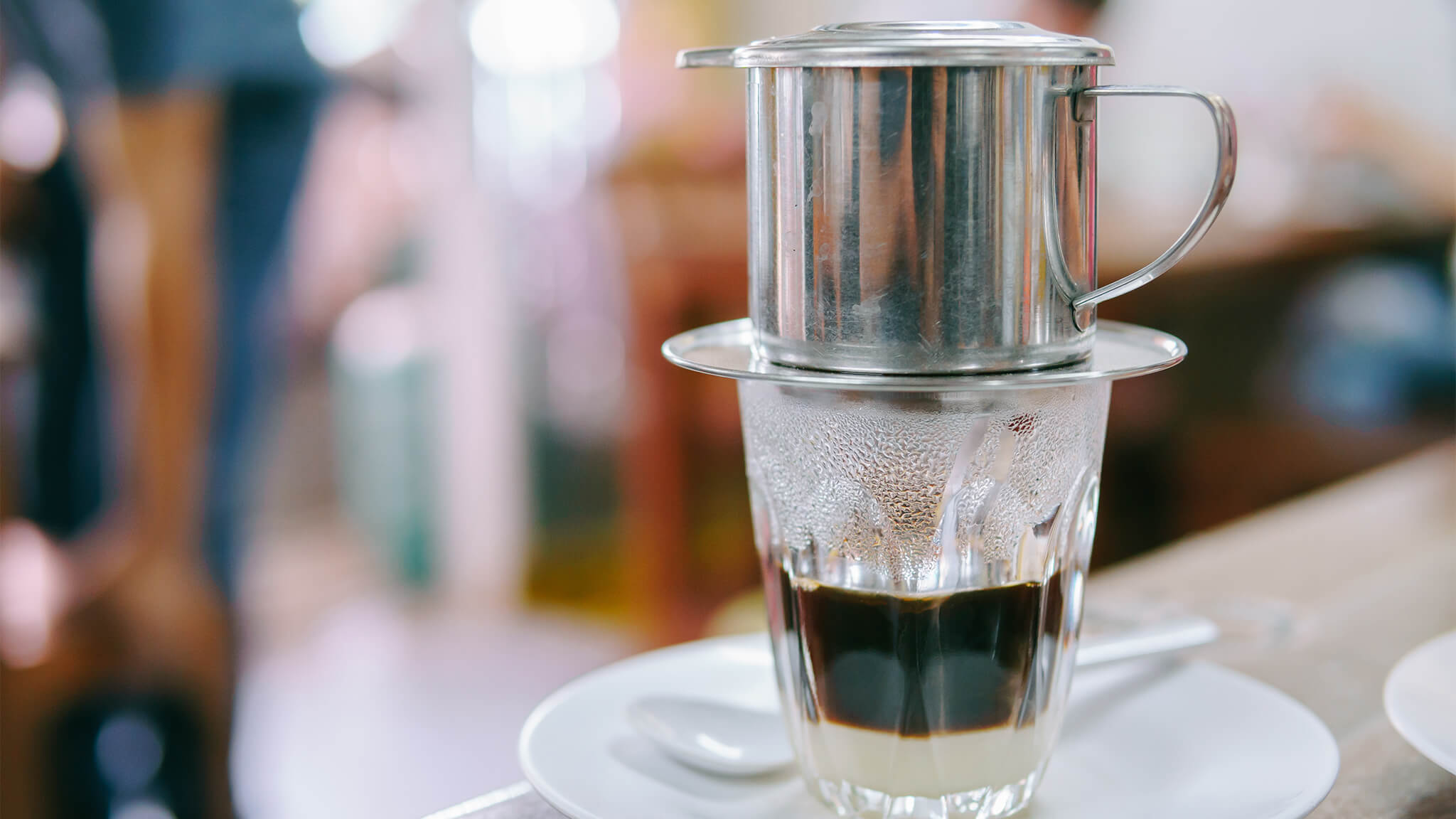
Phin Drip is the most popular method for locals in Vietnam
Egg Coffee
Sitting near the top of popular experiences in Vietnam is Egg Coffee. Combining egg yolks and sweetened condensed milk, a rich creamy foam floats atop the dark robusta brew. Our Vietnamese team leader, Thang, demonstrates how to make this silky delicious drink in the video below.
Weasel Coffee (or Civet coffee)
Not so much a coffee style as a very unique method of production! To traditionally make Weasel/Civet Coffee, or Cà Phê Chon in Vietnamese, the raw berries are fed to (you guessed it) Asian civets. They are eaten but the beans will pass through undigested. Once, ahem, out the other end they are washed (thoroughly) and then roasted as they would be normally.
The bean is said to go through a unique fermentation process while on its 'journey', and believe it or not this strange process results in a highly praised and sought-after coffee. The ethics behind the process have come under scrutiny, but manufacturers in Vietnam have worked out how to artificially replicate the fermentation process, so you can try the simulated taste guilt-free; happy weasels, and happy you.
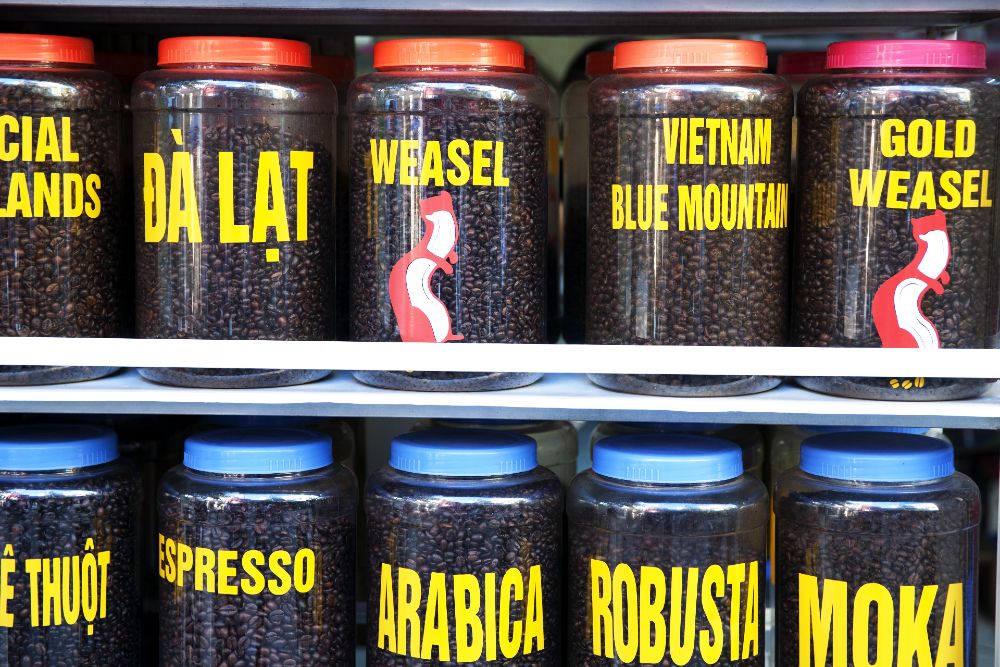
Coconut Coffee
This coffee is a perfect balance between rich, creamy coconut and the acidity of the robusta bean. What a pair! The ingredients include coconut cream and sweetened condensed milk (yes, this sweet milk is quite popular in coffee here!) is served hot, and also quite popular on ice.

Coconut coffee is a signature drink at Cộng Caphe
Must-Try Coffeeshops
If you find yourself in Vietnam, there are some special places to seek out. Each has its own personality and adds a unique dimension to your tasty cup of brew. Check out our article on the 5 best coffee shops of Hoi An and don't miss the three treasures below in Ho Chi Minh City...
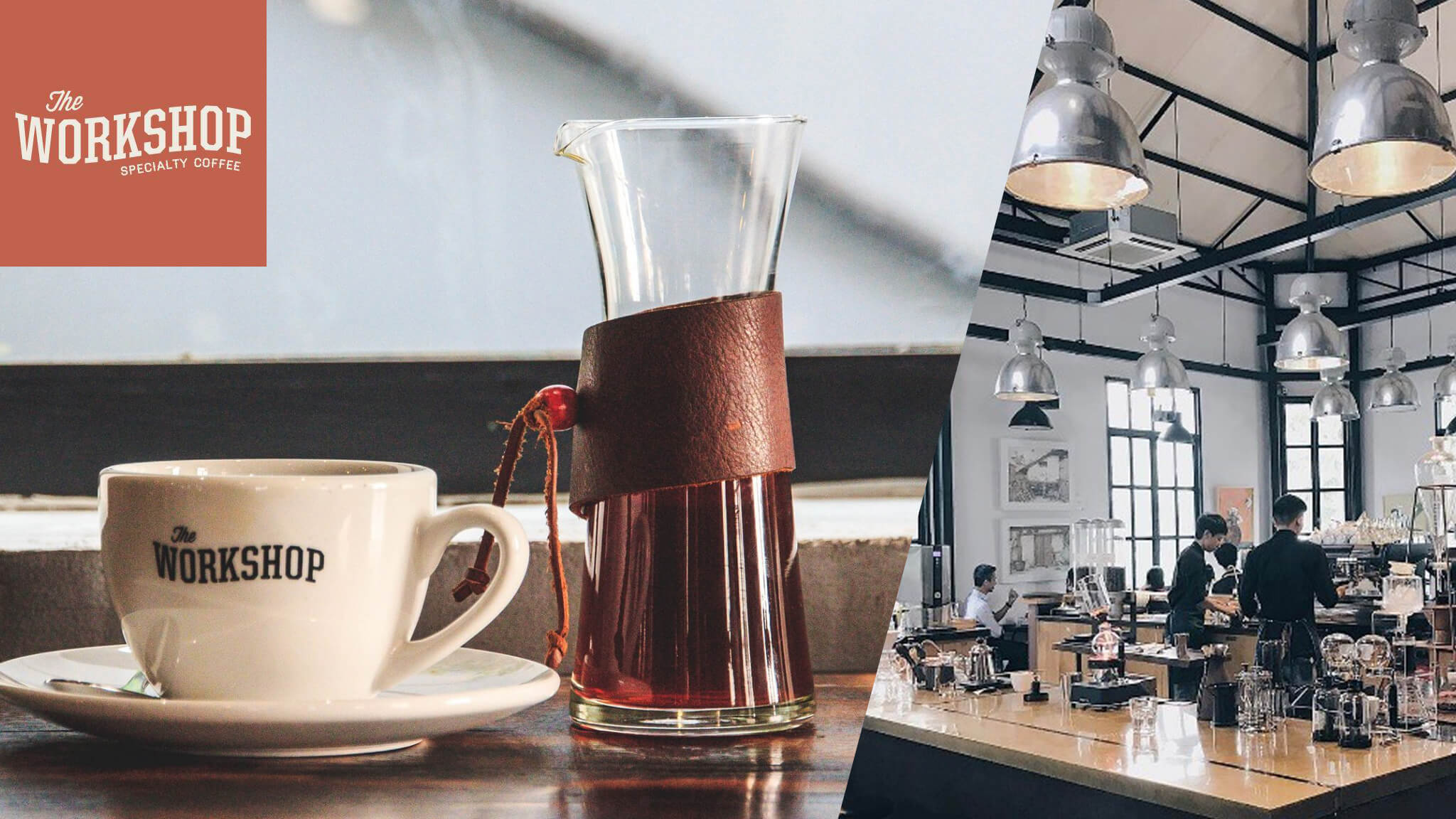
The Workshop Coffee (Ho Chi Minh)
As it sounds, The Workshop is a fantastic place to get some work done. The floor plan is wide open, surrounded by tall windows and full of natural light. The barista's own command station looks the part, centered in the room, surrounded with various brewing instruments ready for your order. This is also a very popular spot for delicious food at any time of day.
Cộng Caphe (Ho Chi Minh & throughout Vietnam)
A bustling shop in Saigon, Cong Ca Phe is well-known for its signature coconut coffee drinks. Successful throughout the country, the decor style is uniquely creative, reinventing old-school Vietnamese colors, patterns and materials. It carries forward bold colors and reused materials with the fresh energy of a new generation.
Talk Barista Saigon (Ho Chi Minh)
For a refreshing and personal experience of Vietnamese coffee, Talk Barista is excellent. It couples coffee education with a valuable perspective on happiness and living a positive life. Indeed its full name is Talk Barista Saigon, Specialty Coffee and Happy Training Lab. This cafe is often part of our Saigon itinerary and never fails to bring us away with some coffee knowledge and feel-good vibes.
Considering experiencing Vietnamese coffee first-hand? Take a look at our Vietnam cycling tours where experiencing the beauty of the land is just as important as the culture. You can be sure to enjoy the coffee and cuisine on every tour!
KICK-START YOUR |


 By Christie Posted 14th May 2021
By Christie Posted 14th May 2021